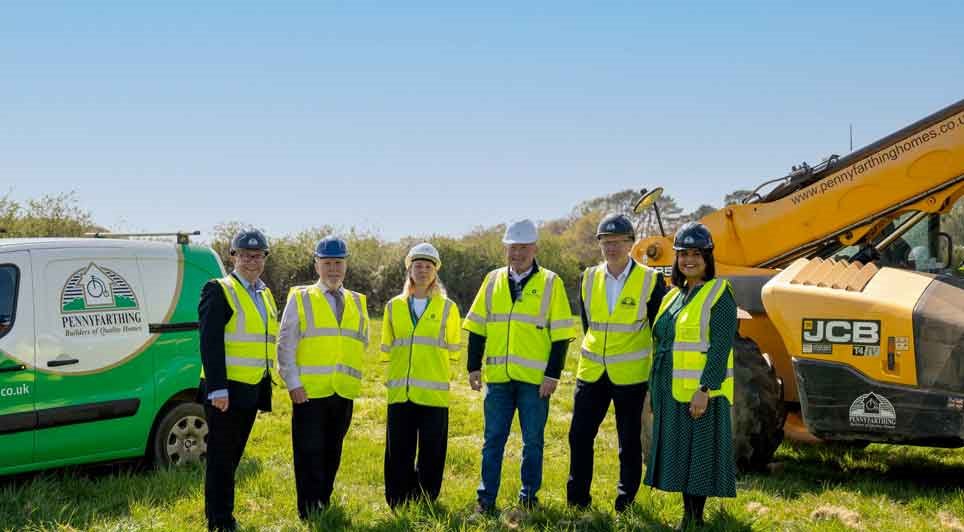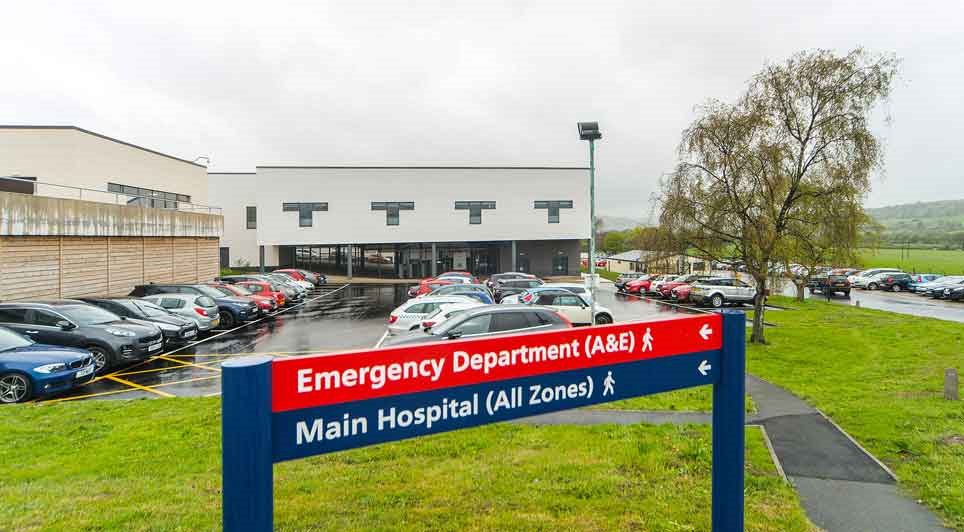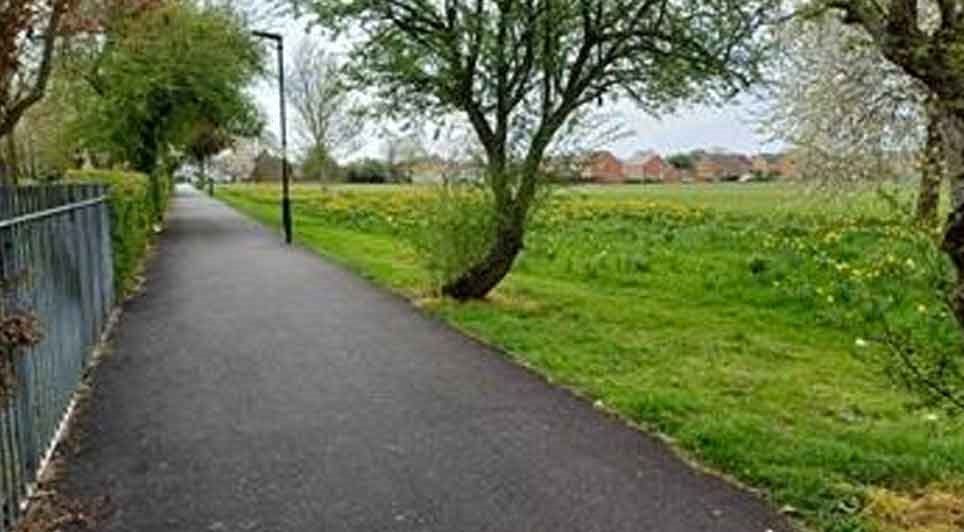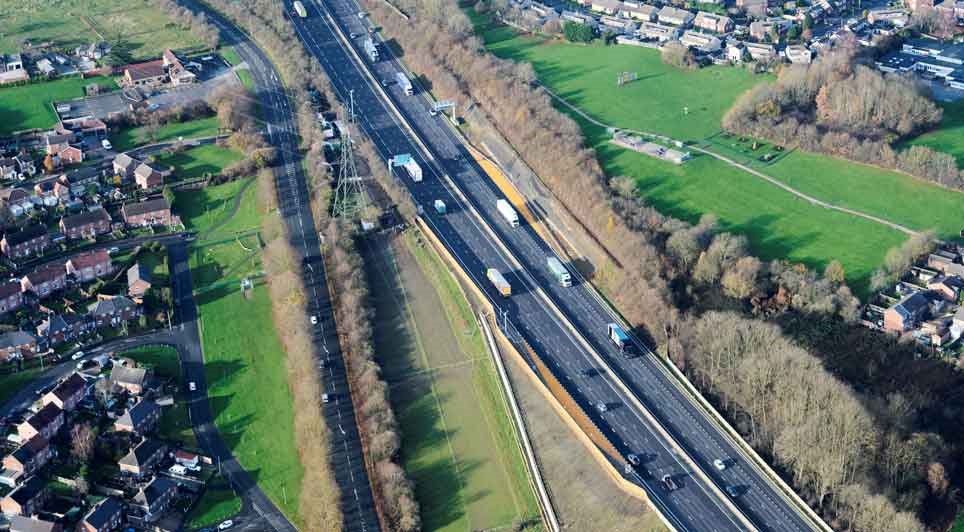It's not just the emergency exit routes that need to be considered during the design and installation of an emergency lighting system. High risk task areas are an important part of some projects, especially within industrial applications.
In many emergency situations members of the public and any staff present will usually be able to stop what they are doing and follow routes through to exit the building. For workers located in a high risk task area, this isn't always possible.
A high risk task area can be identified when a worker is using machinery, dangerous chemicals or sharp objects, positioned within a hazardous environment or required to enable a shutdown procedure before exiting the building. These types of work-spaces would need to be illuminated independently for the employees to exit safely.
What does legislation state regarding Emergency Lighting and High Risk Task Areas?
British Standard 5266-1:2016 states that if the power fails within the location of any hazard, emergency lighting must activate within 0.5 seconds and at a minimum of 10% of the lighting level normally supplied to the area. The minimum emergency light level should be no less than 15 Lux, however 10% of any high risk area should naturally be higher than this anyway.
Without this lighting there is potential risk of injury or loss of life cause by the combination of sudden darkness and a hazardous environment.
During an initial emergency lighting consultation, we remain on hand to ensure that emergency lighting is placed where needed for legislation to be met. We can help to identify whether high risk task area lighting is required and recommend the best product for purpose.
Get in touch with BLE Lighting to learn more.
Construction News
18/02/2020
Emergency Lighting For High Risk Task Areas


16/04/2025
Pennyfarthing Homes has officially broken ground at Danes Park in New Milton, launching construction on a significant new residential development that will deliver 164 homes.
To mark the milestone, directors from Pennyfarthing Homes welcomed Councillor Steve Davies, Portfolio Holder for Housing and
16/04/2025
GMI Construction Group is celebrating the official opening of Dakota Newcastle, the North East's first Dakota Hotel, situated on Newcastle's Quayside.
The 118-room luxury boutique hotel, located at St Anne's Wharf, has welcomed its first guests and is poised to become a major addition to the region

16/04/2025
Gleeds has been named project manager for the billion-pound redevelopment of Airedale General Hospital in Keighley, West Yorkshire on behalf of Airedale NHS Foundation Trust.
The award-winning trust employs over 3,000 people and provides acute, elective, specialist and community care for a populat

16/04/2025
Morgan Sindall Construction has marked the official opening of a new Special Educational Needs and Disabilities (SEND) teaching block and a specialist hydrotherapy pool at Philip Southcote School in Addlestone, in a celebration attended by students, families and local officials.
The event brought t

16/04/2025
Bedford Borough Council has successfully completed a footpath refurbishment programme across several of its parks and open spaces.
The initiative, funded by the UK Shared Prosperity Fund (UKSPF), targeted key parks across the borough following a detailed review that identified areas in need of repa

16/04/2025
Wates Fit Out has announced the appointment of Phoebe Wood as Senior Business Development Manager, where she will lead the team's business development efforts and support the growth of new opportunities across the commercial fit-out sector.
With close to three years of experience in the built envir

16/04/2025
United Living has announced the appointment of Claire Kershaw as Chief Executive Officer of United Living Property Services.
With over two decades of experience in the social housing sector, Claire brings a wealth of knowledge in property maintenance, refurbishment, and regeneration. Her career inc

16/04/2025
Sempra Homes, the housing subsidiary of Basildon Council, is preparing to launch its latest 100% affordable housing development at Bowers Close on London Road in Pitsea, Essex.
The new development will deliver 31 high-quality homes aimed at increasing access to affordable housing for local residen

15/04/2025
Costain, working as part of the SMP Alliance, has completed the construction of 41 new emergency areas on the M1 motorway between junctions 28 and 35A, delivering the project ahead of schedule.
The newly installed emergency areas span a 32-mile stretch of motorway running from Derbyshire to South Y

15/04/2025
Great Places Housing Group has formally submitted plans for the first development to come forward under the newly approved masterplan for the regeneration of the Grey Mare Lane neighbourhood in east Manchester.
The proposal outlines a new affordable housing scheme comprising 82 apartments for socia
 UK
UK Ireland
Ireland Scotland
Scotland London
London











